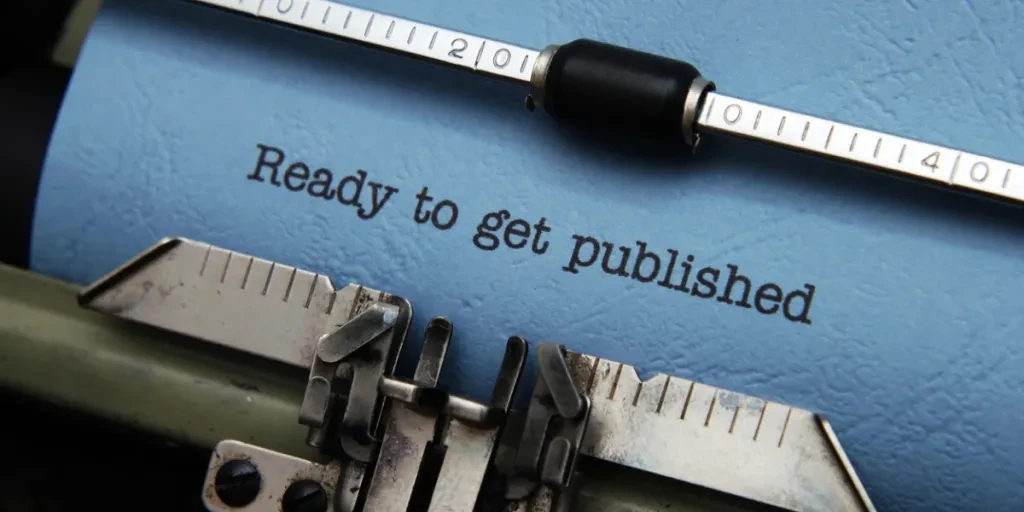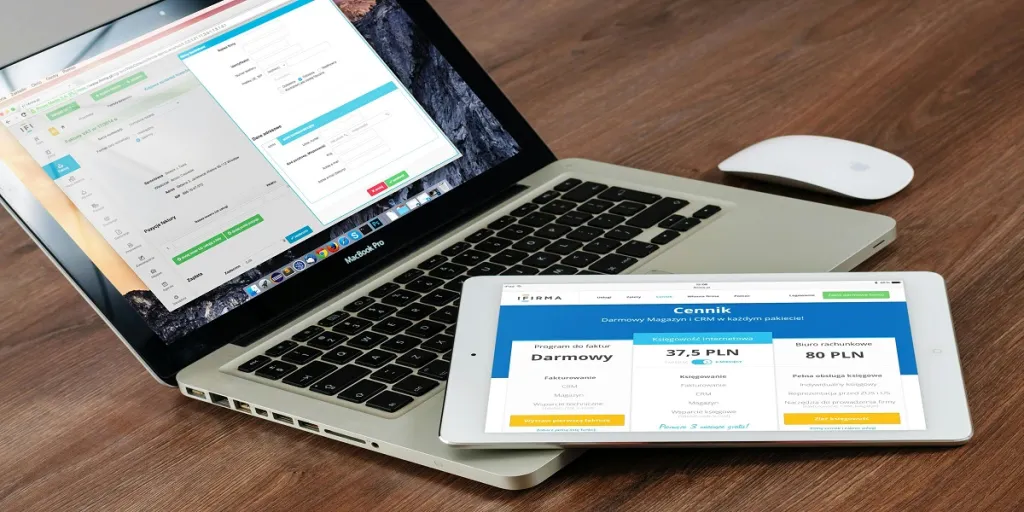For aspiring or new authors, getting their first book published can seem like an impossible dream. So impossible, in fact, that it prevents many of them from even trying despite having put in the groundwork.
It’s true that the traditional publishing route can be filled with rejection letters, gatekeepers, and long periods of waiting. But with self-publishing on the rise, writers now have more control over their work and can reach readers directly.
If you’ve ever wondered how to self-publish, we’ll walk you through the process, from writing to distribution and marketing.
Table of Contents
Traditional publishing vs. self-publishing
Step-by-step guide to self-publishing
Is self-publishing right for you?
FAQs
Traditional publishing vs. self-publishing

Before jumping into the publishing process, let’s first talk about the differences between a traditional publisher and self-publishing. Knowing your publishing options can help you decide which is the best route for you.
Traditional publishing
In traditional publishing, an author submits a manuscript to literary agents or publishers. If accepted, the publisher handles editing, cover design, marketing, and distribution. In return, the publisher takes a portion of the profits, and the author receives royalties.
The benefit of a traditional publishing deal is the support a writer receives from the publishing house, but this comes at the expense of creative control. Despite the support, the publishing world remains incredibly competitive, and writers who have ever gone down the traditional publishing route will attest to the numerous rejections they likely faced.
Self publishing
In comparison, self-published authors control every aspect of their book, from editing to marketing. While this means more responsibility, it also means the potential of higher royalties down the line.
And while full creative control is great, it can come with it’s own downsides. For example, writers are required to pay costs upfront for editing, design, and marketing. Additionally, they’ll need to invest time in self-promotion, which is laborious and time consuming.
One thing to note when considering whether or not to go the self-publishing route is that self-publishing now doesn’t stop you from getting a book deal from a major publisher down the road. The Martian, for example, was originally self-published and then picked up by Crown Publishing, after which it became a huge bestseller.
Step-by-step guide to self-publishing
1. Writing and editing
2. Choosing a publishing platform
3. Cover design and formatting
4. Marketing
5. Scaling your success
1. Writing and editing
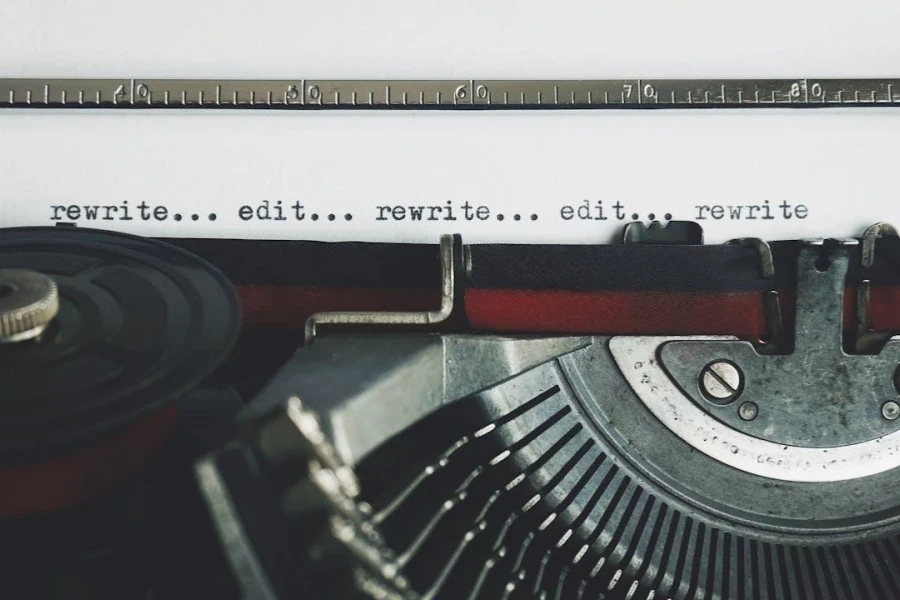
The first step to writing a successful book is obvious: you have to have a great story. Whether it’s a novel, memoir, self-help guide, or cookbook, a well-written manuscript is the foundation of everything that comes after.
Many self-published authors start with a clear outline to keep their writing structured. For example, Joanna Penn, a bestselling self-published author, emphasizes planning the writing process before drafting to maintain focus and reduce the need for rewrites.
Edit, edit, and edit again
One of the biggest mistakes self-published authors make is skipping having their work edited by a professional. A well-polished book can make the difference between a one-star and a five-star review.
There are different types of editing:
- Developmental editing: Big-picture structure and content changes
- Line editing: Sentence structure, tone, and word choice
- Copy editing: Grammar, sentence structure, and style
- Proofreading: Final polish for typos and formatting errors
Authors can hire freelance editors from platforms like Reedsy, Upwork, or Fiverr. According to Reedsy, professional editing costs vary depending on the length and type of editing required.
Often, first-time authors hire a beta reader, who provides feedback on the overall story, pacing, character development, and reader engagement, prior to finding a professional editor. This helps the author identify weaknesses and make improvements before investing in other editing services.
2. Choosing a publishing platform
Self-published authors have several platforms to choose from, and you might want to invest in more than one, depending on how you plan to market and sell your book. Some of the most popular include:
- Amazon Kindle Direct Publishing (KDP) – Opens up access to Amazon’s expansive Kindle user base
- IngramSpark – Offers wider distribution to bookstores and libraries
- Draft2Digital – Distributes to multiple eBook retailers (Apple Books, Kobo, Barnes & Noble, etc.)
- Barnes & Noble Press – For authors targeting B&N readers
- Lulu – Specializes in print books
Each platform has its pros and cons, so research which works best for your goals.
3. Cover design and formatting
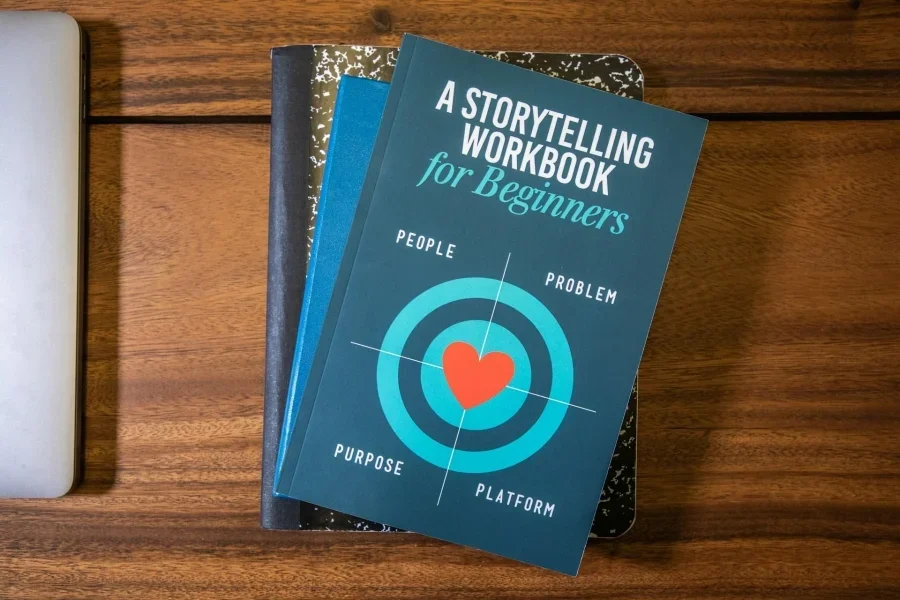
Regardless of whether you’re published a printed book or an e-book, cover design, and formatting are critical.
Create an eye-catching cover
Your book cover is your book’s first impression, and readers do indeed judge books by their covers, so a professional-looking cover can dramatically increase your sales.
When creating a cover, keep in mind that your cover will typically be viewed as a thumbnail, so it should still be visually appealing, even at smaller sizes. This also means ensuring that the title is easy to read.
Additionally, you will want to consider the spine and back cover for print copies.
You can hire designers from 99designs and Upwork, or use tools like Canva for DIY covers.
Format your book for different platforms
Your book needs to be formatted correctly for both print and e-books, and different platforms likely have different formatting requirements, so ensure to research these early in the editing process. If you’re tech-savvy, you can use tools like:
- Scrivener
- Vellum (Mac-only)
- Atticus (Windows and Mac)
- Kindle Create (Amazon’s free formatting tool)
If you prefer to hire someone, a good place to find formatting and design experts is via Fiverr or Reedsy.
Book formatting essentials
When formatting, ensure you include:
- Half title page: The first right-facing page; includes only the book title, no page numbers
- Title page: Book title, author name
- Copyright page: Copyright notice, ISBN, and publisher details on the first left-facing page
- Dedication page: Keep this to 1-2 sentences; placed on the next right-facing page
- Table of contents: Lists chapters with corresponding page numbers (for e-books, ensure it’s clickable)
- Chapter title pages: Start each chapter with a title page, don’t include headers on this page
- Body pages: Include headers, left page author name, right page book title
- Author bio: Author photo and brief bio
You will also need to set your page height and width (also called trim) according to platform options, then determine margin sizes.
4. Marketing
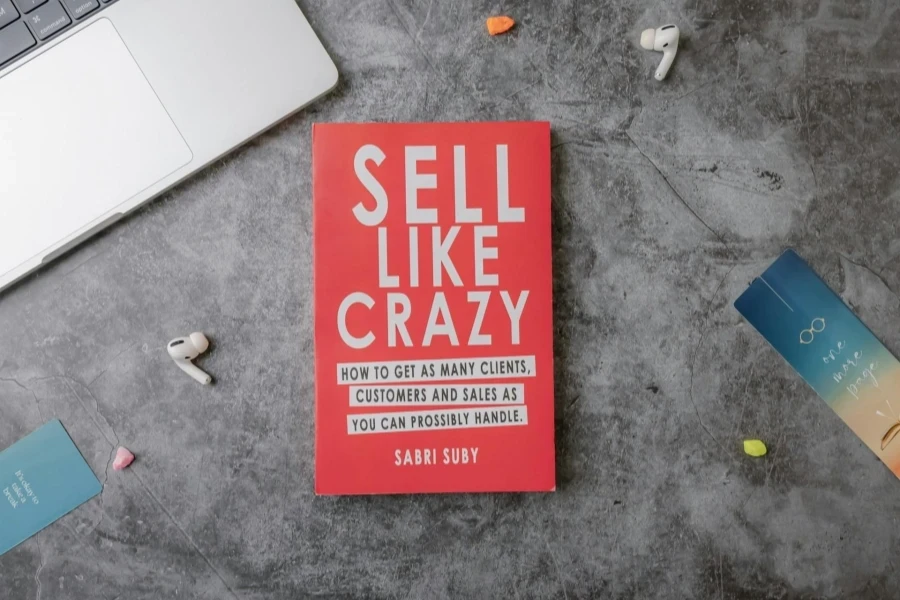
No matter how good your book is, it won’t sell itself. Therefore, it’s important to create a marketing plan for your book that aligns with your target audience. Here are some key marketing strategies:
- Leverage social media – Build an audience on Instagram, TikTok, and Twitter. You may want to share samples of your writing (and, of course, share links to where they can purchase), but build authentic relationships with your readers by sharing about you and your writing process.
- Sell directly through your own website – Many authors set up a Shopify store for their book
- Create an email list – When you sell through your own website, you get your customers’ information to create an email list; this allows you to speak directly to your readers and provide them with updates
- Get reviews – Offer advance review copies (ARCs) to readers and bloggers. Connect with your first readers and ask for honest reviews. Apps like Opinew and Trustify work with Shopify and Amazon to help you manage reviews.
- Network with other authors – Join writing groups, reach out to online publications and podcasts related to your genre to find ways to collaborate. Build relationships with other authors in your genre or niche.
Marketing is an ongoing process, so start early and stay consistent.
5. Scaling your success
What do you do once you’ve published your first book and set up your marketing strategy? Many self-published authors expand their careers by:
- Writing more books (series sell well!)
- Creating audiobooks
- Licensing foreign rights
- Running promotions and discounts
Success in self-publishing often comes from persistence and learning what works best for your audience.
Is self-publishing right for you?

Self-publishing gives authors added creative freedom and the potential for higher earnings. While it requires effort and investment, many writers find it to be a rewarding path. If you’re ready to take control of your publishing journey, now is the time to start!
FAQs
What is an ISBN, and do I need one?
An International Standard Book Number, or ISBN, is a unique identifier for your book. It’s required for print books but optional for e-books. You can purchase an ISBN from Bowker in the U.S. (ISBN.org) or get a free one from Amazon KDP (though it will list Amazon as the publisher).
Do I need to copyright my book?
Your book is automatically copyrighted when you write it. However, registering it with the U.S. Copyright Office (copyright.gov) provides legal protection in case of disputes.
Can I publish on multiple platforms?
Yes, unless you enroll in KDP Select, which requires exclusivity for e-books on Amazon. You can publish print versions anywhere.
How much money can I make from self-publishing?
Earnings vary. Some authors make nothing, while others earn six figures. Success depends on book quality, marketing, and audience reach.
Do I need a professional editor?
Yes. Even experienced writers benefit from professional editing. A well-edited book increases credibility and reader satisfaction.
How long does it take to self-publish a book?
It varies. Some authors publish in a few months, while others take years. The timeline depends on writing, editing, formatting, and marketing efforts.
How much does it cost to self-publish a book?
It’s challenging to estimate the overall cost of self-publishing because each stage comes with some cost and these vary. Some of the areas that will likely cost money are: editing, cover design and formatting, getting an ISBN, printing and shipping, and marketing. For many new authors, editing is likely to be the biggest cost.
